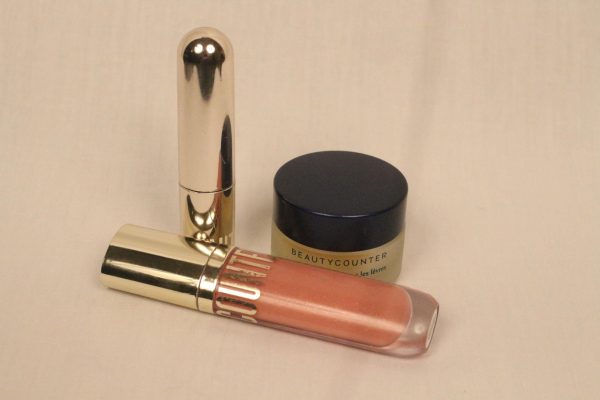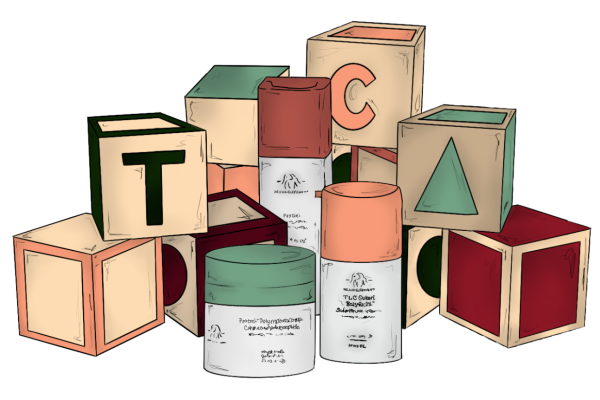Crack vs. Cocaine
Growing up I thought about using cocaine the same way I think about robbing a bank: dangerous and stupid. With health classes constantly drilling “never touch it or you’ll end up dead or in jail” into my head, cocaine never seemed remotely cool, until a boring Friday night when I found myself watching Pulp Fiction for the first time.
In the movie, young Uma Thurman snorts cocaine to the point of overdose. I used to lump crack and cocaine users into one category. Now I think of them as two entirely different types of people. Thurman’s character, Mia Wallace, wasn’t a dirty crackhead living in her parents’ basement after failing at life. She was sophisticated, pretty and wealthy. After viewing more films with cocaine usage such as Jenny (Robin Wright) in Forrest Gump, Jordan Belfort (Leonardo Dicaprio) in Wolf of Wall Street and Patrick Bateman (Christian Bale) in American Psycho, the people I associated with cocaine use shifted.
I now visualize cocaine users as wealthy businessmen who need the drug to relieve the stress of corporate jobs and rich celebrity partiers who can afford a more expensive and enhanced high than simply alcohol and weed. Crack users fall under a completely opposite stereotype. The typical image of a “crackhead” is poor, dirty and too lazy to get a job so they rely on crack to feel energetic and euphoric.
Cocaine is a mixture of coca paste and hydrochloric acid. It can be snorted, injected or dissolved in water, but cannot be smoked in powder form. Powder cocaine is 2-3 times more expensive than crack cocaine and slightly less addictive because it takes slightly longer to get high. A new study conducted by Johns Hopkins University found the healthy brain cells in mice on cocaine began committing “cell suicide” or autophagy, a cell process where cells kill themselves when they are damaged or dying.
Crack is still cocaine but in a less pure form. It is powder cocaine mixed with water and baking soda, which hardens and cracks making it easy to smoke (the most common way to use crack). It is much cheaper than powder cocaine and more addictive. There are more unknowns with crack because it can easily be mixed with harmful chemicals and toxins, even glass, to help dealers drive the price down.
The biggest difference between cocaine and crack is the price and how pure the powder is. In the U.S., a gram of powder cocaine ranges from $900-$1,100 depending on how pure the cocaine is according to crackcocaineaddiction.com, while a gram of crack varies from $40-$80; even less if the crack is laced with cheap chemicals.
So why is there such a big divide in the type of people associated with cocaine and crack? Sure, the more money you make, the more pure cocaine you can afford and the less money you make the more you have to rely on street crack. But either way, the risk of overdose and addiction is high.
When successful, rich rappers, actors, businessmen, models and rock stars advertise their personal cocaine use or are shown using the drug in pop culture mediums, impressionable teenagers like myself are getting the wrong idea. It seems so easy and essentially harmless to try cocaine. Celebrities do it, and they’re fine. Corporate businessmen do it, and they’re still rolling in money. Many celebrities who have confessed to using cocaine only used it a few times at parties, and most are not addicted, but the statistical probability of addiction is still there. We quickly forget about celebrities like Whitney Houston, Jim Morrison, Chris Farley and Len Bias who overdosed on cocaine and lost their lives because of it. Their status doesn’t make them all that different from crack users who overdose in the slums of major cities all over the world every day.
Crack and cocaine go hand in hand. Glamorizing cocaine might not directly affect those currently in high school because the majority of high schoolers are too broke to buy cocaine anyway. But down the road when we have jobs, some of us making enough to be able to afford cocaine in environments where cocaine use is encouraged by co-workers/friends, it might not seem so dangerous. But the dangers of using a drug that creates lasting brain damage and enormous stress on the heart and body doesn’t lessen with status and wealth.
Your donation will support the student journalists of Kirkwood High School. Your contribution will allow us to purchase equipment and cover our annual website hosting costs.

Grade: 12
Twitter handle: @kannenberry
If you could be another Call staffer, who would you be?: Rea because her art is swaggie
Interests: acting,running,writing,movies,tennis,friends...













